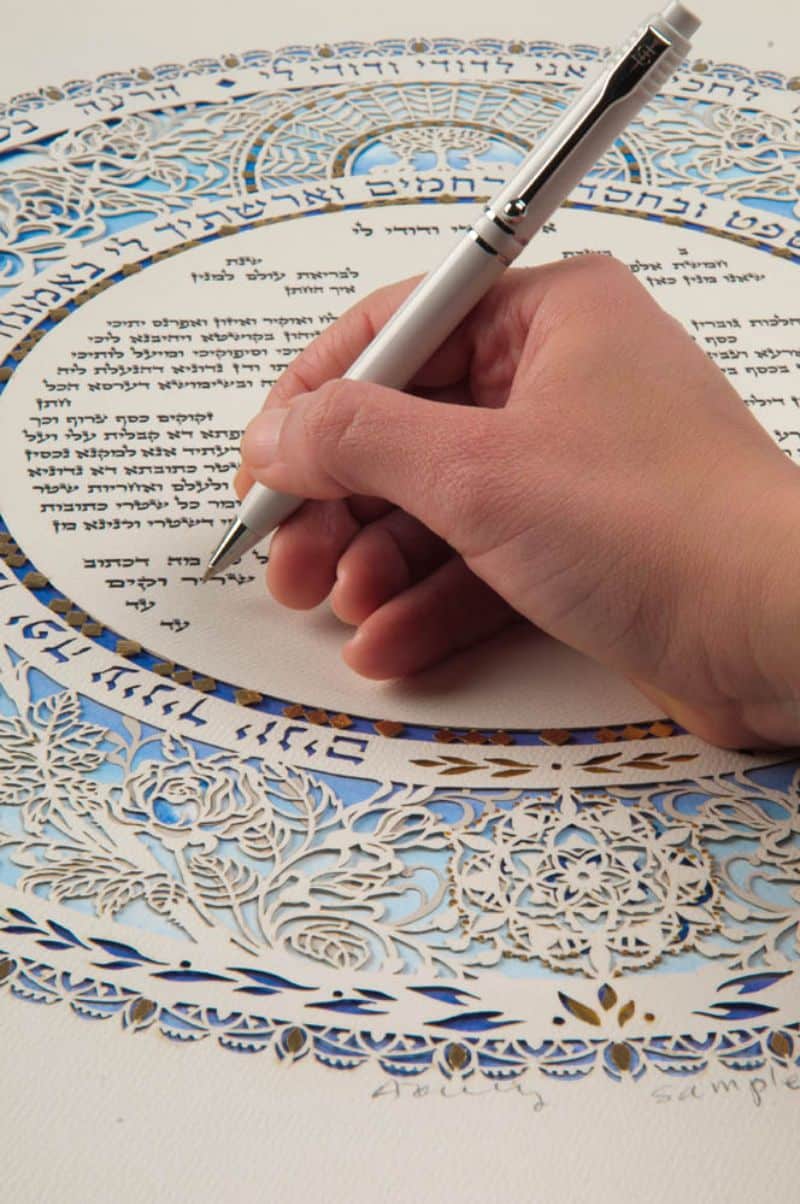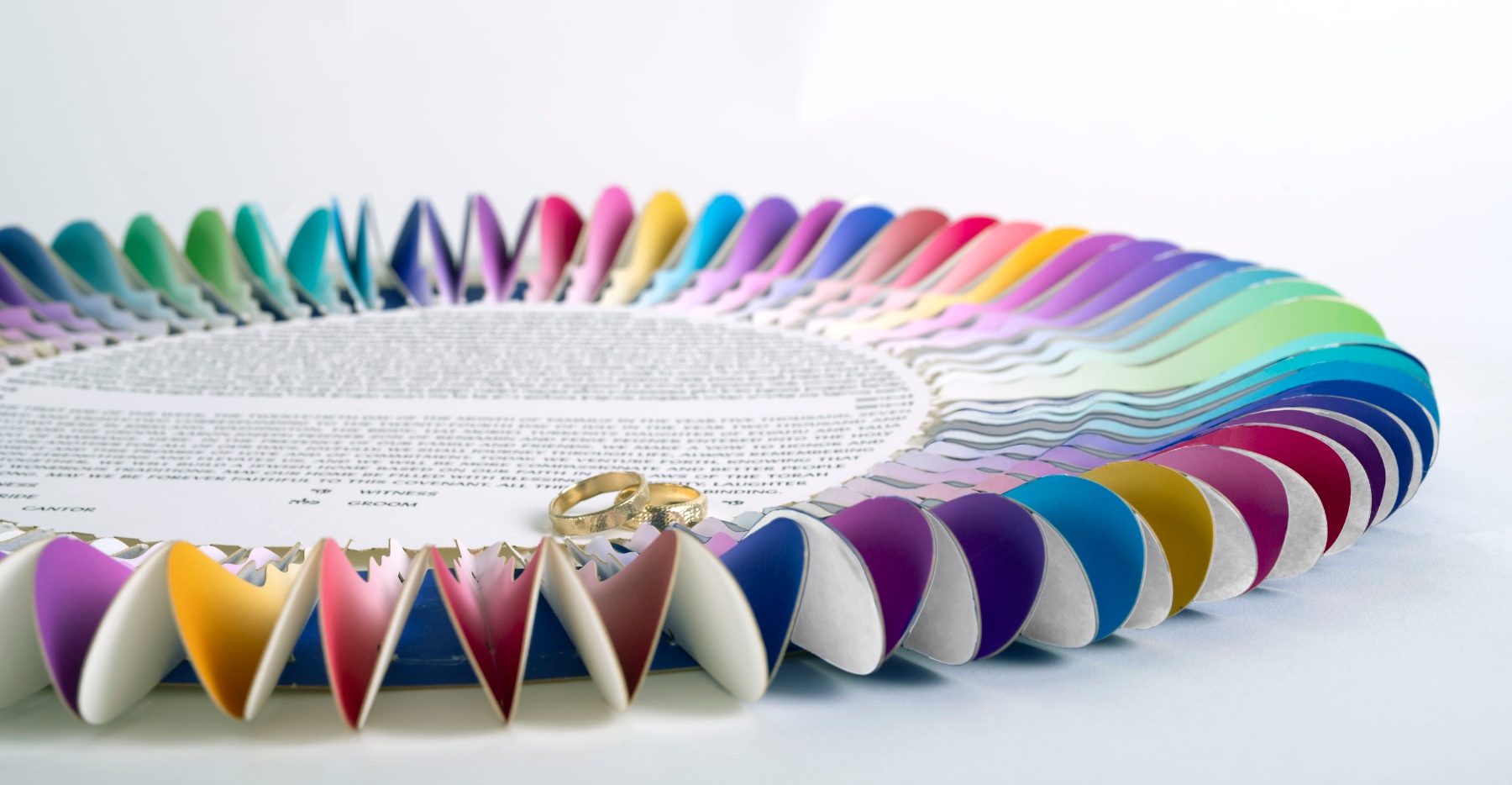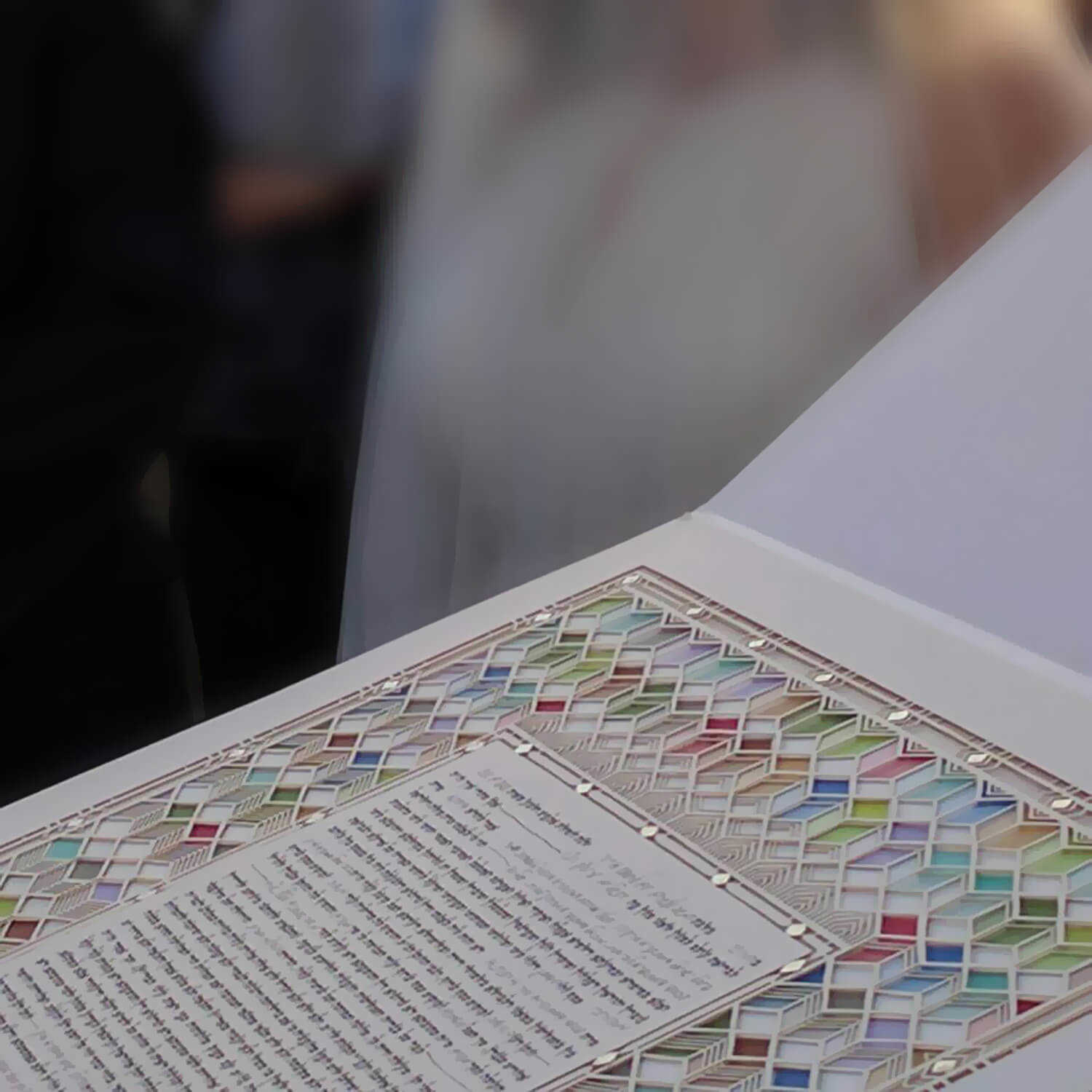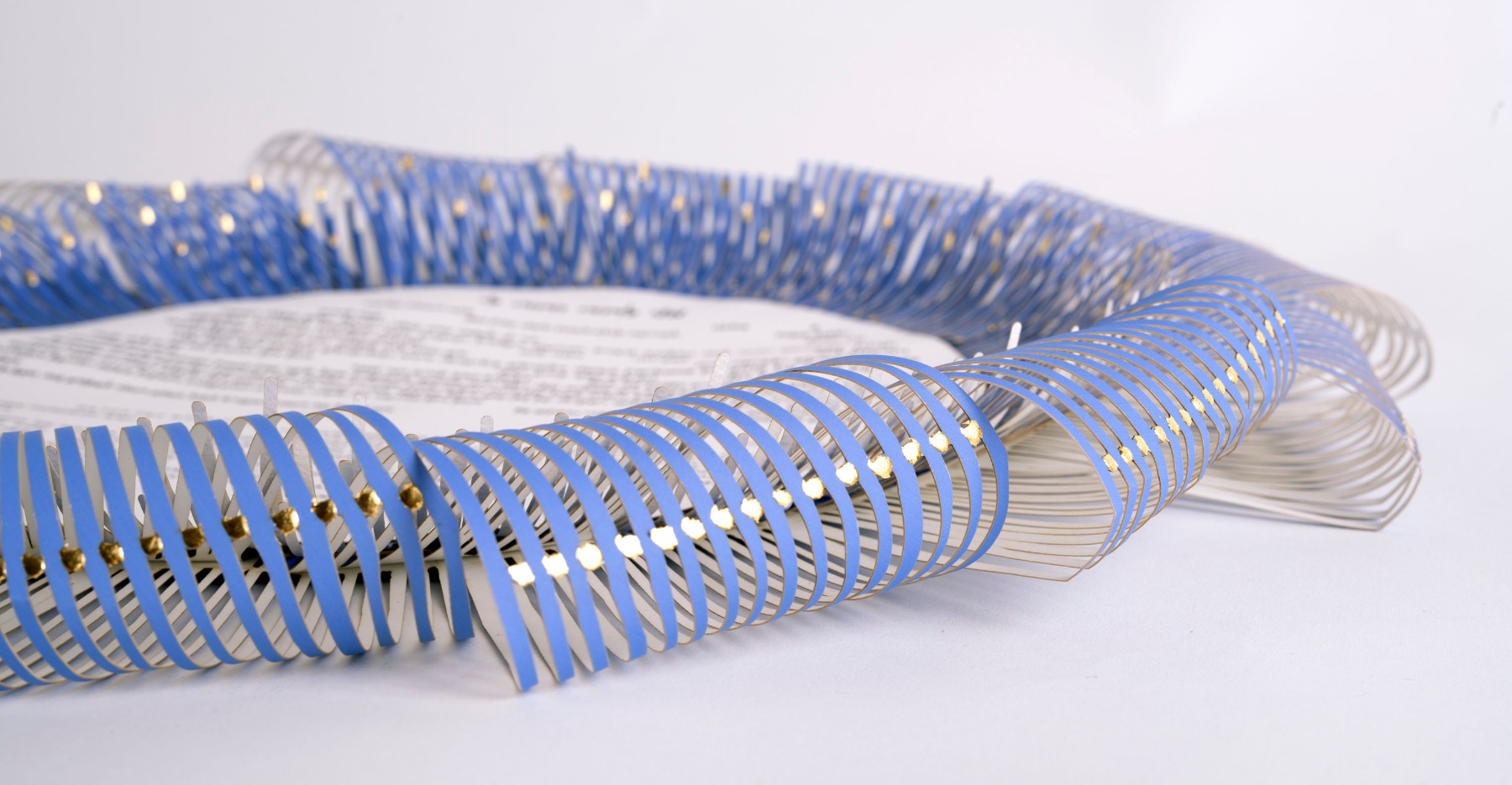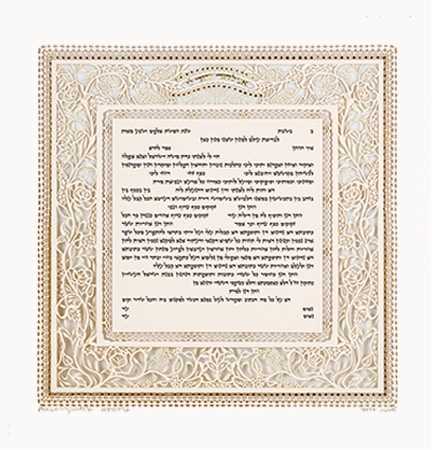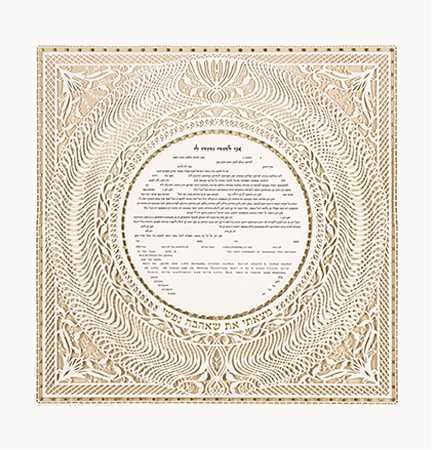Jewish Wedding Chuppah

The canopy beneath which a Jewish couple stands during the wedding ceremony is called a chuppah. The chuppah is made up of cloth, often a tallit (a Jewish prayer shawl) or other fabric, draped over four poles either a stationary structure or occasionally held up manually by those attending the ceremony.
History of the Jewish Wedding Chuppah
The appearance of the chuppah has faced numerous changes over the centuries with different regions offering varying observances. Historically, it seems the wedding canopy we’re familiar with today didn’t come into play until the sixteenth century and, not until about the Middle Ages, did it become common custom. Examples of the varying interpretations include a cloth that was arranged on the shoulders of the bride and groom, and some even considered the bride’s veil to be the chuppah. Going back to biblical times marriage between a couple was consummated in a tent or room and then in Talmudic times, the chuppah referred to the room which the couple would consummate their marriage. There is a lovely reference to a Jewish wedding chuppah in the Babylonian Talmud which describes that when a boy is born,one should plant a cedar tree and when a girl is born, one should plant a pine tree. When they get married, the branches from these trees would be cut and used to create a canopy.
So, What Does the Jewish Wedding Chuppah Symbolize?
The Jewish wedding ceremony takes place under the Jewish wedding chuppah: the stretched out fabric and four poles that symbolize the beginnings of a Jewish home. The bride and grooms first time appearance together before friends, family and guests is under the Jewish wedding chuppah. All four sides of the Jewish wedding chuppah are open, not unlike the manner in which Abraham and Sarah maintained their tent with all four sides open to welcome guests and provide wholehearted hospitality.
The Jewish Wedding Chuppah Today
Nowadays couples often change the style of the ceremony under the Jewish wedding chuppah; adjusting it to suit their tastes and making personal modifications like adding their own vows or shortening the blessings being recited.
Fundamentally, however, the Jewish wedding chuppah is a temporary structure that must be made by human hands – so, really, the sky’s the limit. Since the Jewish wedding chuppah can be made from any fabric it permits different traditions and cultural touches to blend, connecting past with present and future.
Let’s not forget. What is a Jewish wedding without a Ketubah? Like the Jewish wedding chuppah, the Ketubah can be created to suit the bride and grooms tastes and values. The Ketubah text options available vary, giving the bride and groom an opportunity to create a unique piece of Jewish art for their home. Danny Azoulay, a master ketubah artist, offers a wide array of ketubah texts and art. Check out what he has to offer and choose the one that speaks to you and your partner.

